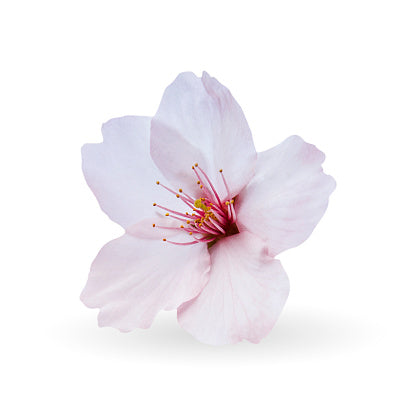Eko World Shop
Tree of Life in Steel and Lapis Lazuli
Tree of Life in Steel and Lapis Lazuli
Couldn't load pickup availability
Free shipping
Free shipping
Returns and exchanges within 30 days
Returns and exchanges within 30 days
Returns and exchanges up to 30 days after receiving your order!
The return can be requested within 14 days of receiving the order, and made within 30 days after receiving the order.
10% discount if you add it in the 🛒
10% discount if you add it in the 🛒
Unlock an additional discount when you buy multiple items!
The more you buy, the more you save! ❤️
The more you buy, the more you save! ❤️
The more you buy, the more you save!
Buy 2 Items with 15% discount
Buy 3 Items with 20% discount
Buy 4 Items for 25% off
-
The Tree of Life symbol is commonly depicted as a large tree with roots that spread inward to the ground, and branches that spread outward to the sky. This represents the interconnected nature of all things in the universe; an eternal bonding of the physical realm we are rooted in, and the spiritual realm we are reaching for. The Tree of Life serves as a reminder of our universal connection to the Mother Earth, and our dependence on her to grow and flourish.
The Tree of Life is an ancient mystical symbol appearing in various cultures from the Mayans to the Celts, Buddhism to Nordic mythology. While these cultural legends centred around the sacred Tree of Life may differ in their detail, their stories symbolise similar overarching concepts linked to religion, philosophy and spirituality. Let’s take a closer look at some of the universal meanings behind the Tree of Life symbol, and how these may guide you in your own life’s journey.



Discover all the jewels
-

Tree of Life
The Tree of Life commonly represents the interconnectedness of everything in the...
-

The magic of Flowers
Floriography is the 'language of flowers'. Dating back to the Victorian times...
-

World Fruit Jewels
Jewels in 925 Silver and Natural Stones inspired by the world of...
-

Animal Kingdom
The animal kingdom has been a rich source of inspiration for jewellery...

Turtle ring

Natural Stone Ring

Dragonfly earrings

Serpent Ring

Donut Charm
Popular caregories ...
View all-

Lotus flower
Lotus Flower Inspired Jewelery ...
-

Plum blossom
Jewelery inspired by the Plum Blossom
-

Sakura flowers
Sakura flower inspired jewelry ...
-

Guaranteed quality
Over 25,000 satisfied customers worldwide. -

Secure payment
We entrust the management of our online payments to Stripe and Paypal , 100% safe. -

Money Back Guarantee
Returns are possible up to 30 days from receipt of the items.

4,98 su 5 stelle
Basato su oltre 300 Recensioni.
Visualizzane una selezione o inviaci una tua foto per ottenere un Buono da 10 €

























